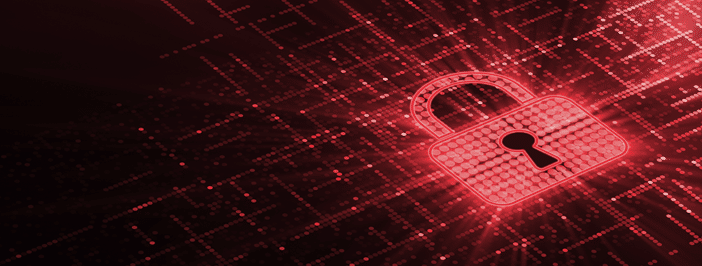The 3 Reasons Why Your Backups Won’t Help in a Breach with Ransomware
Data is more than just a collection of bytes and bits—it’s the lifeblood of your business these days. But what happens when this vital resource is held hostage by cybercriminals? In comes ransomware, a type of malicious software that encrypts your data, holding it ransom until a hefty fee is paid. The impact? Devastating. It’s a scenario no C-level executive or B2B wants to face. The first line of defense? Backups. Yet, here’s a hard truth: backups might not save you in a ransomware incident. Let’s dive into why.
A Little More About Ransomware, and Why is it a Big Deal?
Ransomware is not just any malware. It’s a cyber extortion tool that locks you out of your own data. Imagine coming into work one day to find that every file, database, and piece of critical information has been encrypted. You’re met with a demand for payment—often in cryptocurrency—to unlock your data. The stakes are high, and the impact is immediate. Operations cease, productivity nosedives and your bottom line takes a hit. And the worst thing about it is if you do pay, there’s a high chance you still won’t get access to your data. In 2023, the average ransom demanded in ransomware attacks soared to $1.54 million, nearly doubling from the 2022 figure of $812,380, according to Sophos.
Reason 1: They Know – Cybercriminals Will Attempt to Destroy Backups
You might think, “I have backups; I’m safe.” But here’s a startling fact: according to Veeam, a leading provider of backup solutions, an overwhelming 93% of all ransomware attacks specifically target and attempt to destroy backups. Cybercriminals are cunning. They understand that backups are your escape route, and they’re hell-bent on cutting off that path, making recovery infinitely more complex and pushing you towards paying the ransom.
Reason 2: The Threat Still Lives
Let’s say you’ve managed to restore your operations from backups. Relief washes over you—but not so fast. Restoring files might get you back in business, but it doesn’t address the root of the problem. The malware or its components might still linger in your system, waiting to strike again. This means the threat remains active, and without proper cleansing and security measures, you’re just as vulnerable as before, if not more.
Reason 3: Not Using Proper Backup Strategy
Having backups is one thing; having them correctly implemented is another. An alarming number of businesses do not employ a proper backup strategy. The golden rule? The 3-2-1 backup rule: have at least three total copies of your data, two of which are local but on different mediums, and at least one copy offsite or offline. This strategy mitigates the risk of ransomware attacks by ensuring that there is always an untouched, recoverable copy of your data. Yet, many organizations fail to implement this approach, leaving their so-called “backups” vulnerable to the same attack that compromised their primary data.
Protecting Your Business from Any Cyber Threat
Ransomware represents only one of the most significant threats to businesses today. While backups are essential to any business continuity strategy, they are not a cure-all. Cybercriminals are increasingly savvy and will target what needs to be targeted, like backups, to guarantee victims have no choice but to pay. Moreover, simply restoring from backups does not remove the malware or secure your systems against future attacks. The key lies in employing a robust backup strategy, understanding the limitations of backups in the face of ransomware, and partnering with experienced IT professionals like GB Tech; they have been helping businesses with their business continuity planning for over 3 decades. Together, we can strengthen your defenses, protect your data, and ensure your business thrives in this dangerous digital landscape.























